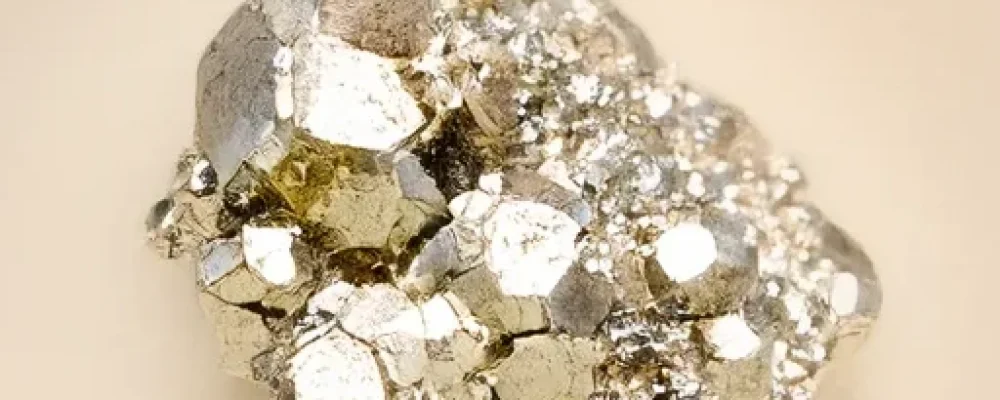The Science Behind Crystals: Formation and Structure
Crystals are remarkable solid materials characterized by an orderly and repeating pattern of atoms or molecules. This unique arrangement differentiates them from amorphous solids, where such order is absent. The study of crystals, known as crystallography, delves into these intricate patterns and their implications on the materials’ properties.
The formation of crystals, or crystallization, can occur through several natural and synthetic processes. One common method is crystallization from a solution. As a solution becomes supersaturated, the dissolved atoms or molecules begin to aggregate and form a crystal lattice. Another approach is cooling from a molten state, where the decrease in temperature allows atoms or molecules to arrange themselves into a structured pattern. Additionally, crystals can form through deposition from a gas, often observed in environments with fluctuating temperature and pressure.
Crystals exhibit various structural types, each affecting their physical characteristics. The cubic structure, for instance, is highly symmetrical and often results in crystals with equal-length sides, such as those found in table salt (sodium chloride). The tetragonal structure, while similar to cubic, has a different length along one axis, influencing properties like cleavage and optical behavior. Hexagonal crystals, exemplified by quartz, have six-sided prisms that contribute to their distinct physical and optical features.
Environmental factors, including temperature and pressure, play a crucial role in crystal formation. High temperatures can increase atomic or molecular movement, facilitating their arrangement into a crystal lattice. Conversely, high pressure can force atoms or molecules into a denser, more ordered structure, influencing the final crystal form.
In laboratories, scientists employ various methods to grow synthetic crystals, often to meet industrial demands. Techniques such as the Czochralski process, hydrothermal synthesis, and vapor deposition allow for the controlled production of crystals used in electronics, optics, and other fields. These synthetic crystals are essential in producing semiconductors, lasers, and even jewelry, showcasing the vast applications of crystallography.
Cultural and Historical Significance of Crystals
Crystals have captivated human civilizations for millennia, serving a variety of purposes that transcend mere aesthetics. Ancient cultures, notably the Egyptians, Greeks, and Romans, utilized crystals in multifaceted ways. The Egyptians revered crystals like lapis lazuli and turquoise, embedding them in amulets and burial ornaments as symbols of power and protection. In Greece, amethyst was believed to ward off intoxication, while the Romans employed quartz and other stones in their elaborate jewelry and talismans, signifying status and divine favor.
In traditional medicine systems, crystals hold a revered place. Ayurveda, the ancient Indian healing practice, incorporates gems such as emeralds and sapphires, which are said to balance bodily energies and enhance well-being. Similarly, Traditional Chinese Medicine uses jade and other stones to facilitate the smooth flow of Qi, the vital life force, thus promoting health and spiritual harmony. These practices underscore the deep-rooted belief in the therapeutic potential of crystals, a sentiment that persists to this day.
The allure of crystals extends into modern spirituality and alternative healing modalities. Crystal therapy, which involves placing stones on or around the body to draw out negative energy, has gained popularity. Practitioners claim that different crystals possess unique vibrational frequencies that can aid in emotional and physical healing. Meditation with crystals like clear quartz and rose quartz is also prevalent, with enthusiasts asserting that these stones enhance focus and spiritual connectivity.
Historical artifacts adorned with crystals further illustrate their enduring appeal. The Crown Jewels of various monarchies, for instance, are encrusted with gems like diamonds and rubies, reflecting their historical significance and opulence. These relics not only showcase the material beauty of crystals but also their symbolic importance in conveying power and legacy.
Today, there is a renewed fascination with crystals, fueled by both scientific inquiry and spiritual exploration. This contemporary resurgence is marked by an interest in understanding the mineralogical properties of crystals, alongside a quest for holistic well-being. Whether viewed through the lens of history, traditional medicine, or modern spirituality, crystals continue to enchant and inspire, bridging the past and present in their timeless allure.
